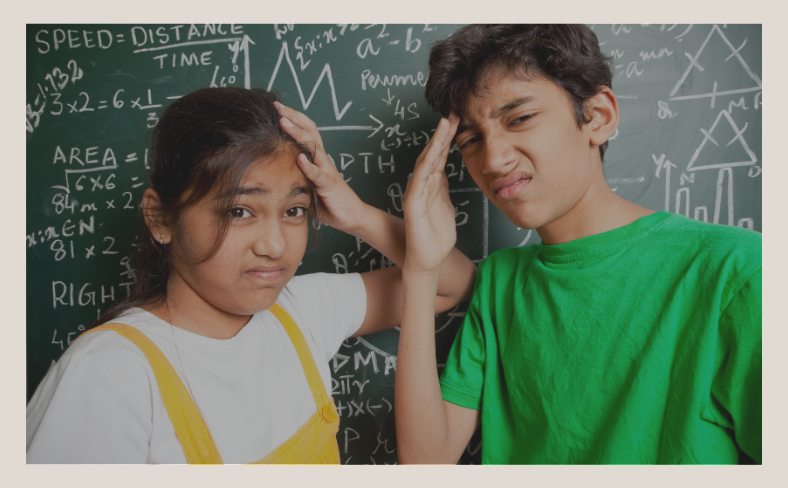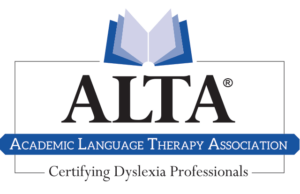No products in the cart.

Solving word problems is a common challenge for many young learners. As an experienced educator and math enthusiast, I understand the importance of fostering effective problem-solving strategies that engage students and yield proven results. In this article, we’ll delve into some proven and creative strategies I use to help students solve word problems.
First and foremost, let’s review a few tried and true techniques for basic problem-solving before diving into some of our more creative strategies.
Read to Understand
Grasp what the problem is asking and the information it provides. Put yourself in the work problem and ask what you would do in that situation. You also check for understanding by asking questions like “What is the question asking me to do?” “What are some key words I recognize?” “What information do I have and what am I missing?”
Draw a Picture
Visualize the situation to make it more tangible and relatable. Drawing a picture helps you better understand and solve the problem.
Check for Reasonableness
Ensure your answer makes sense. Label your answer and verify if it addresses the question. If it seems far-fetched, double-check your work.
Now that we’ve reviewed the basics, let’s explore some more innovative strategies used to build math fluency and confidence.
Narrative-Based Problem Solving
Research indicates that weaving math problems into relatable narratives significantly enhances comprehension and retention. By framing problems within real-world scenarios, we can transform dry arithmetic exercises into thrilling adventures that capture children’s imaginations. This approach helps them visualize and internalize the mathematical concepts involved.
Multisensory Learning Techniques
Engaging multiple senses in the learning process has proven highly effective. Incorporating tactile elements, such as physical objects or manipulatives, provides a hands-on experience that enhances understanding. By allowing students to interact tangibly with math concepts, we bridge the gap between abstract problems and real-world application.
Collaborative Problem Solving
Encouraging collaborative problem-solving sessions fosters a dynamic learning environment. Working in pairs or groups allows students to share insights, discuss various approaches, and learn from one another. This not only enhances their problem-solving skills but also cultivates essential teamwork and communication skills.
Gamification of Math Word Problems
Research consistently highlights the positive impact of gamification on learning outcomes. Introducing math challenges, puzzles, or interactive games can transform dreaded math word problems into exciting quests. Gamification makes learning enjoyable and instills a sense of achievement, motivating students to tackle more complex problems with enthusiasm.
Mindfulness and Focus Techniques
Incorporating mindfulness practices helps students develop better concentration and attention to detail. Simple breathing exercises or short mindfulness sessions before tackling math problems create a conducive mental state for effective problem-solving. Research suggests that a calm and focused mind enhances cognitive abilities and analytical thinking.
An experienced educator will also be able to assess for any missing gaps in foundational math or literacy skills which may be impacting a student’s ability to solve word problems. Other cognitive skills like poor working memory may also be an important factor to consider and address. In conclusion, solving word problems doesn’t have to be an insurmountable challenge because there are many effective strategies that can be utilized. The team at Strategies for Learning can help, you Contact Us to learn more!
Written by Susan Ardila, M.A.
Schedule a free phone consultation
You can schedule a free initial consultation to learn more about our Educational Services. We will listen to your concerns, answer any questions, learn about the student’s needs, and help guide you through our new student intake process. Contact Us.







No comment yet, add your voice below!